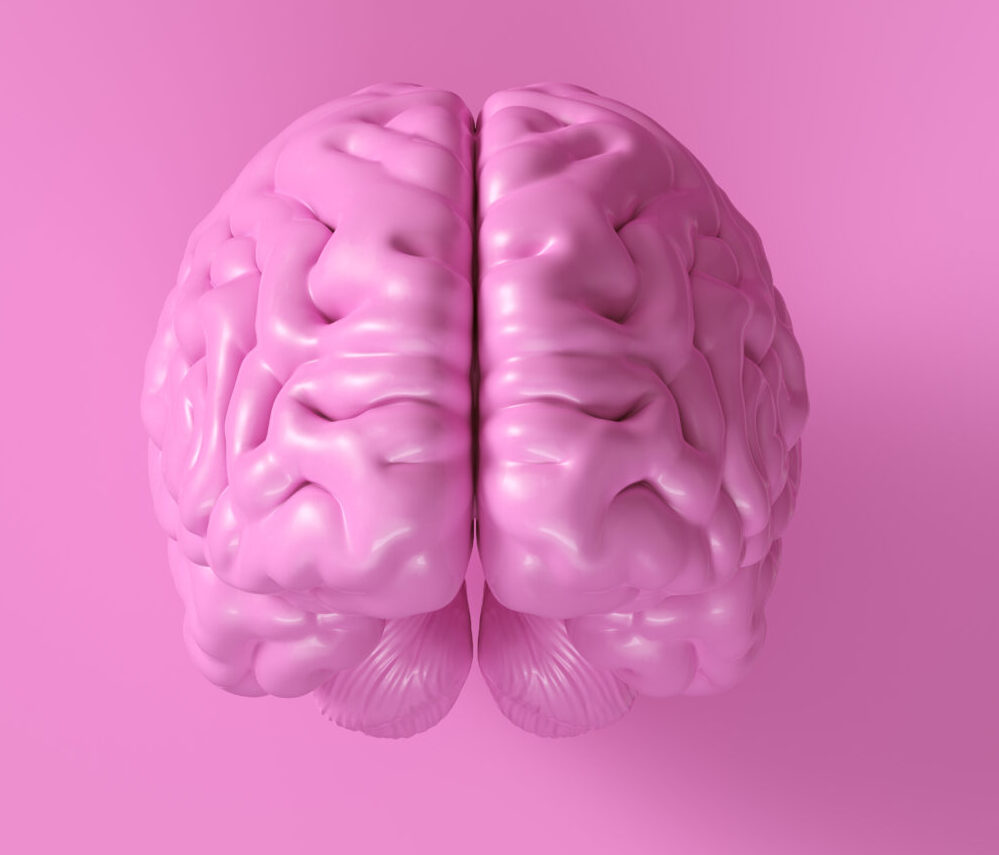Alzheimer’s disease is a progressive brain disorder that affects memory, thinking, and behavior. As the disease progresses, individuals with Alzheimer’s may experience difficulty with everyday tasks, such as eating. Alzheimer’s mealtime cues, also known as visual reminders, can play a crucial role in helping individuals with Alzheimer’s maintain a healthy diet and improve their overall quality of life.
Mealtime cues are visual reminders that help individuals with Alzheimer’s remember when and how to eat. These reminders can be in the form of labels, pictures, or other visual aids placed in the dining area or on food items. They serve as a way to prompt and guide individuals with Alzheimer’s to eat properly.
Why are mealtime cues important for individuals with Alzheimer’s?
Individuals with Alzheimer’s often face challenges when it comes to mealtime. They may forget to eat or not recognize when they are hungry, leading to poor nutrition and weight loss. In the later stages of the disease, they may also have difficulty using utensils or forget how to chew and swallow. This can result in choking or other eating-related problems.
Mealtime cues provide structure and routine for individuals with Alzheimer’s, helping them remember to eat and promoting their independence. They also reduce frustration and confusion during mealtimes, making the experience more enjoyable for both the individual and their caregiver.
How to use mealtime cues for individuals with Alzheimer’s
1. Create a familiar and organized environment
Individuals with Alzheimer’s thrive in familiar environments. Set up the dining area in a consistent way, with the same tablecloth, dishes, and utensils. This will help them recognize the setting and feel more comfortable during mealtimes. Keep the table clutter-free and avoid distractions such as television or loud noises.
2. Use visual aids
Visual aids are powerful tools for individuals with Alzheimer’s as they rely heavily on visual cues. Use labels or pictures to help identify food items and their purpose. For example, a picture of milk can be placed on the fridge to remind them to drink it with their cereal. You can also use pictures of different food groups to encourage a balanced diet.
3. Use color-coded plates and utensils
As Alzheimer’s progresses, individuals may have difficulty distinguishing between different food items. Using color-coded plates and utensils can help them identify the different components of a meal. For example, using a red plate for meat and a green plate for vegetables can make it easier for them to differentiate between the two.
4. Set reminders for mealtime
People with Alzheimer’s may forget when it’s time to eat, especially if they are no longer able to tell time. Set reminders such as an alarm or a clock with large numbers to indicate mealtime. You can also use a daily schedule with pictures or words to remind them of the different meals throughout the day.
5. Involve them in meal preparation
Allowing individuals with Alzheimer’s to participate in meal preparation can give them a sense of purpose and independence. This can include simple tasks such as stirring, setting the table, or peeling fruits and vegetables. It also provides an opportunity for them to use their motor skills and stay engaged.
6. Be patient and understanding
Eating can be a challenging task for individuals with Alzheimer’s, and it’s essential to be patient and understanding. Avoid rushing or pressuring them to eat, as this can cause frustration and resistance. Instead, offer encouragement and positive reinforcement.
In conclusion, mealtime cues are an effective way to support individuals with Alzheimer’s during mealtimes. They provide structure, promote independence, and improve overall nutrition and well-being. As a caregiver or family member, incorporating these visual reminders into daily routines can have a significant impact on the quality of life for someone living with Alzheimer’s.

